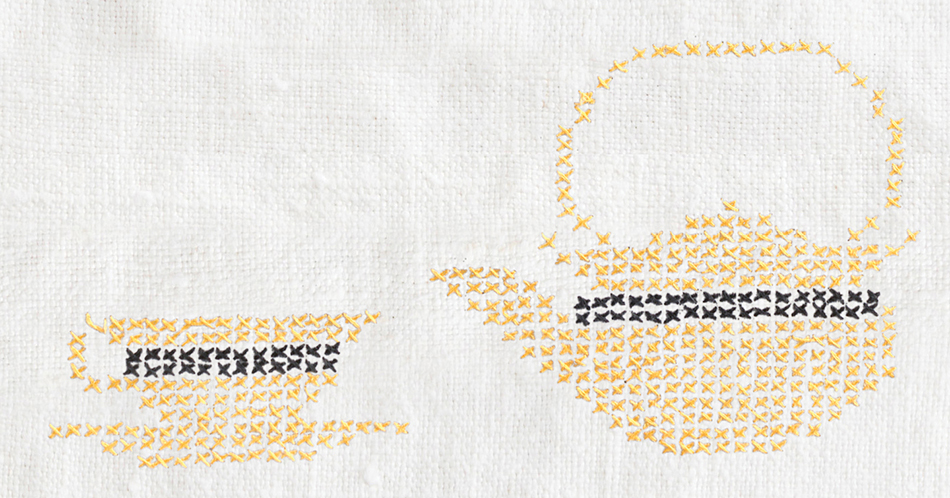CHAPTER 2
PASTRIES

DRESSIER THAN A QUICK BREAD, MORE DAZZLING THAN A DONUT, nothing says “fancy coffee break” quite like a flaky, filled pastry. Some of that magic comes from the unique qualities a good pastry offers—it’s at once airy and rich, firm and tender. It’s strong enough to support fillings or add-ins, but melts in the mouth. It can be the building block of a recipe, or when made well, the star.
Generally speaking, it’s interesting to note that many beloved pastries in the Midwest have Scandinavian and Western European roots, while most favorites made with yeasted, enriched doughs, like those in the previous chapter, tend to come from Eastern European settlers.
By definition, pastry differs from the sweet enriched doughs in the previous chapter because of the percentage of fat in the recipes (read: a whole lot more), and the ways in which that fat in a recipe is married with the starch (such as cold butter worked into flour) to create either many whisper-thin layers or a nubbly-yet-airy patchwork in the final product.
Some recipes here use yeast for lifting that network of fat and starch, whereas others use baking powder, or simply the power of eggs. In all cases, the alchemy of pastry making is pretty fascinating, and it doesn’t have to be complicated. If you want to experience the sorcery of combining butter and flour, and impressing yourself along the way, this chapter is for you.